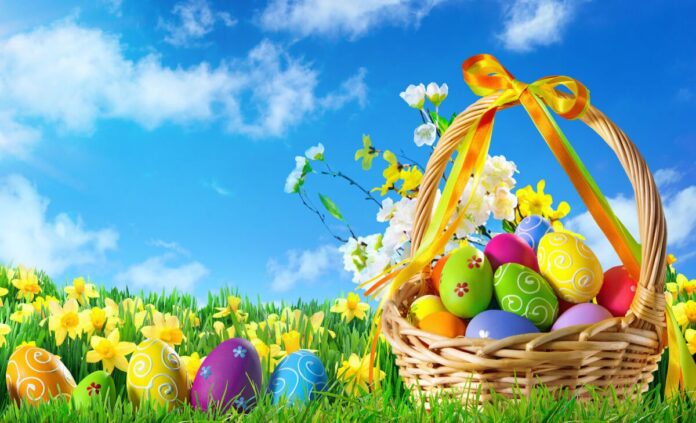By TR Robertson
Easter is a Christian holiday that celebrates the belief in the resurrection of Jesus Christ, this year falling on on Sunday, March 31st. Many of the traditions, symbols and customs associated with Easter also have roots in pagan celebrations and some in the Jewish holiday of Passover. The Christian religious traditions of Easter and the Jewish holiday of Passover was covered in a previous article. For this article we will take a look at Easter’s most iconic symbols, traditions and customs discussing where they came from and how they were started, many predating the Christian beginnings of the Easter celebrations.
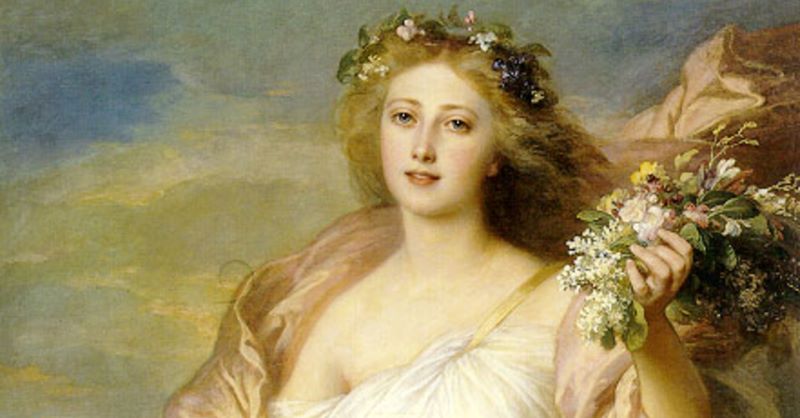
The Name Easter – St. Bede the Venerable wrote, in his Ecclesiastical History of the English People, that he felt the English word Easter comes from Eostre of Eastre, the pagan Anglo-Saxon goddess of spring and fertility. Elaborate festivities would be held heralding the coming of spring after the cold of winter. This would fit into the various other Easter symbols we know today. Others say the name Easter comes from a Latin phrase in albis that is plural for alba (dawn) which became eostarum in Old High German.
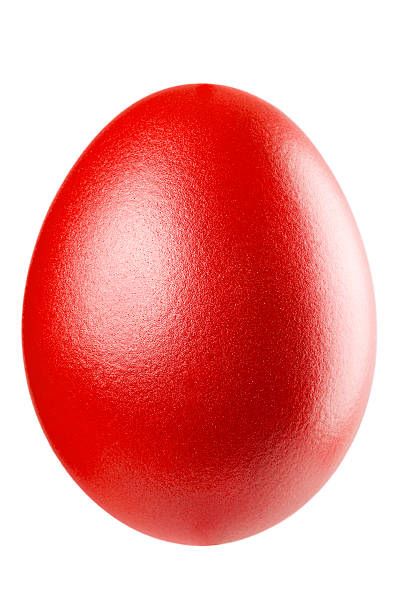
Dyeing Easter Eggs – The tradition of dyeing Easter eggs is said to date back to ancient Mesopotamia and may possibly date even farther back in a celebration of rebirth, life and fertility. It is thought they may have been exchanged within communities. When Christians appeared, eggs were died red to represent Christ’s blood. The egg was said to represent birth as the resurrection of Christ would represent his rebirth. One story says Mary brought eggs with her to Jesus’s crucifixion and blood from his wounds fell on the eggs turning them red. Another story says Mary Magdalene brought cooked eggs to share with others when they went to Jesus’s tomb and when entering the empty tomb, the eggs turned red. Today the eggs are dyed in a multitude of colors for Easter baskets. In Greece’s Orthodox Church and Eastern Catholic churches, the eggs are dyed red and passed out to parishioners. Some say the art of decorating eggs dates back thousands of years to a Ukrainian craft using wax and dyes. Under normal circumstances Americans purchase a massive amount of eggs each year, in excess of 180 million. This year that may be significantly reduced due to the price of eggs. Over 10 million dye kits would be sold, again most likely reduced in sales this year. Years ago families would dye their Easter eggs naturally using onion skins, beets and purple cabbage.
Easter Baskets – The Easter basket, usually made out of straw or plastic, is traditionally filled with faux shredded grass to resemble a nest for the dyed eggs. This tradition began in Germany and coincided with the pagan celebration of Eostre and the egg-laying rabbit (hare) called Osterhase, all signs of fertility. German immigrants brought the ideas of baskets and bunnies and Easter to the United States in the 1700’s establishing the Easter tradition here.
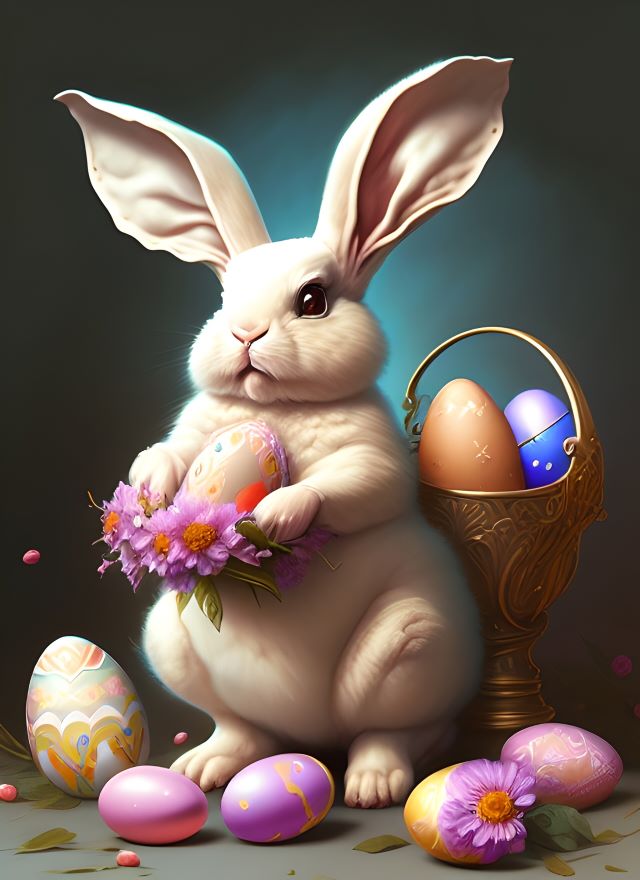
In some household’s parents tell their children that the mysterious Easter Bunny delivers candy and chocolate bunnies and eggs to them in Easter Baskets on Easter morning. The exact origin is unknown, but the best guess is that it originated in Germany during pagan times when the goddess of fertility, Eostre, was celebrated during the spring. Legend says Oschter Haws or Osterhase lay colorful eggs as gifts to children who were good, so the children would make nests for the bunny to leave his eggs. At times they would leave carrots out for the bunny. We do know that the hare (bunny) did surface in the 1700’s when German immigrants began to arrive in the Americas. Just like eggs, the bunny is associated with fertility and birth, especially during the springtime.
Hollow Chocolate Bunnies – According to R.M. Palmer Company, one of the oldest makers of chocolate bunnies in the U.S., the hollow chocolate bunnies are made to both cut down the cost of the chocolate and the difficulty in eating the chocolate bunny. A solid bar would be more expensive and harder to eat. Over 91 million chocolate bunnies are sold each year and generally the ears are the first part of the bunny that is eaten. $2.5 billion is spent on chocolate at Easter and milk chocolate is the most popular choice.
Hot Cross Buns – These popular sweet rolls, usually consumed at breakfast, are a sweet treat that appears in greater abundance at Easter. They contain raisins or currants, and the tops are marked with a white icing cross. It is said this traditional sweet roll started in the 12th century with a monk who was inspired to mark the rolls he made with a cross to celebrate Good Friday, the day commemorating the crucifixion of Jesus. The first written record of the bun’s dates to an issue of Poor Richard’s Almanac from 1730 – “Good Friday comes this month, the old woman runs, with one or two a penny, hot cross buns.”
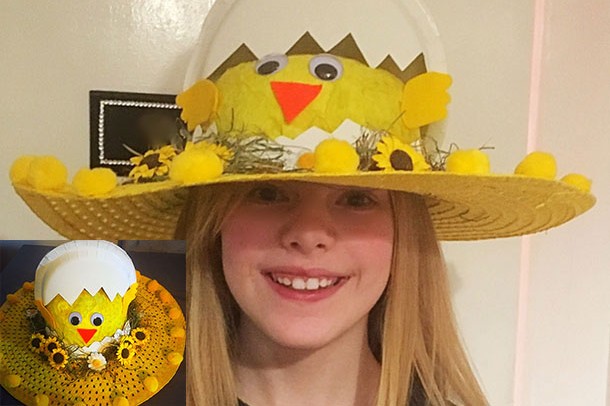
Dressing Up for Easter and Easter Bonnets – Wearing new clothes and dressing up for Easter celebrations in the U.S., both religious and non-religious, may not relate to respect for the holiday as much as it developed in the 1800’s as a belief that wearing new clothes and dressing up on Easter Sunday would bring luck for the rest of the year. It is estimated that people will spend an estimated $3.3 billion on Easter finery. Also connected was the addition of clothing colors that were predominately pastels and floral prints as an homage to the coming of spring. Easter bonnets, hats, were popular through the 1970’s, tied to the purchase of new clothes. Irving Berlin wrote about Easter bonnets in his 1933 song, “Easter Parade.” In the 1990’s some department stores tried to bring the tradition back when they sold kits for children to design their own Easter bonnet for contests they offered.
Sweet Food Facts – Jellybeans became the first candy to be sold by weight in the 1900’s. By the 1930’s Jellybeans were being bought specifically for Easter. Over 16 billion Jellybeans are made in the U.S. annually in a multitude of flavors. Jellybeans come in more than 100 different flavors, some very unusual like Dirty Dishwater, Liver & Onions, Old Bandages, and Draft Beer. The world’s tallest Easter Egg was made in Italy in 2011, 34 feet 1.05 inches tall, weighing 15,873 pounds. The tallest chocolate bunny made stood 12 feet tall and weighed 6,635 pounds. More than 50% of Americans say they like their chocolate eggs filled with peanut butter or caramel rather than hollow.
Peeps – During Easter Americans consume more than 600 million Peeps, the most popular candy behind chocolate. 5.5 million Peeps are made daily during the Easter season and 3% of Americans like their Peeps frozen, 10% like them stale.
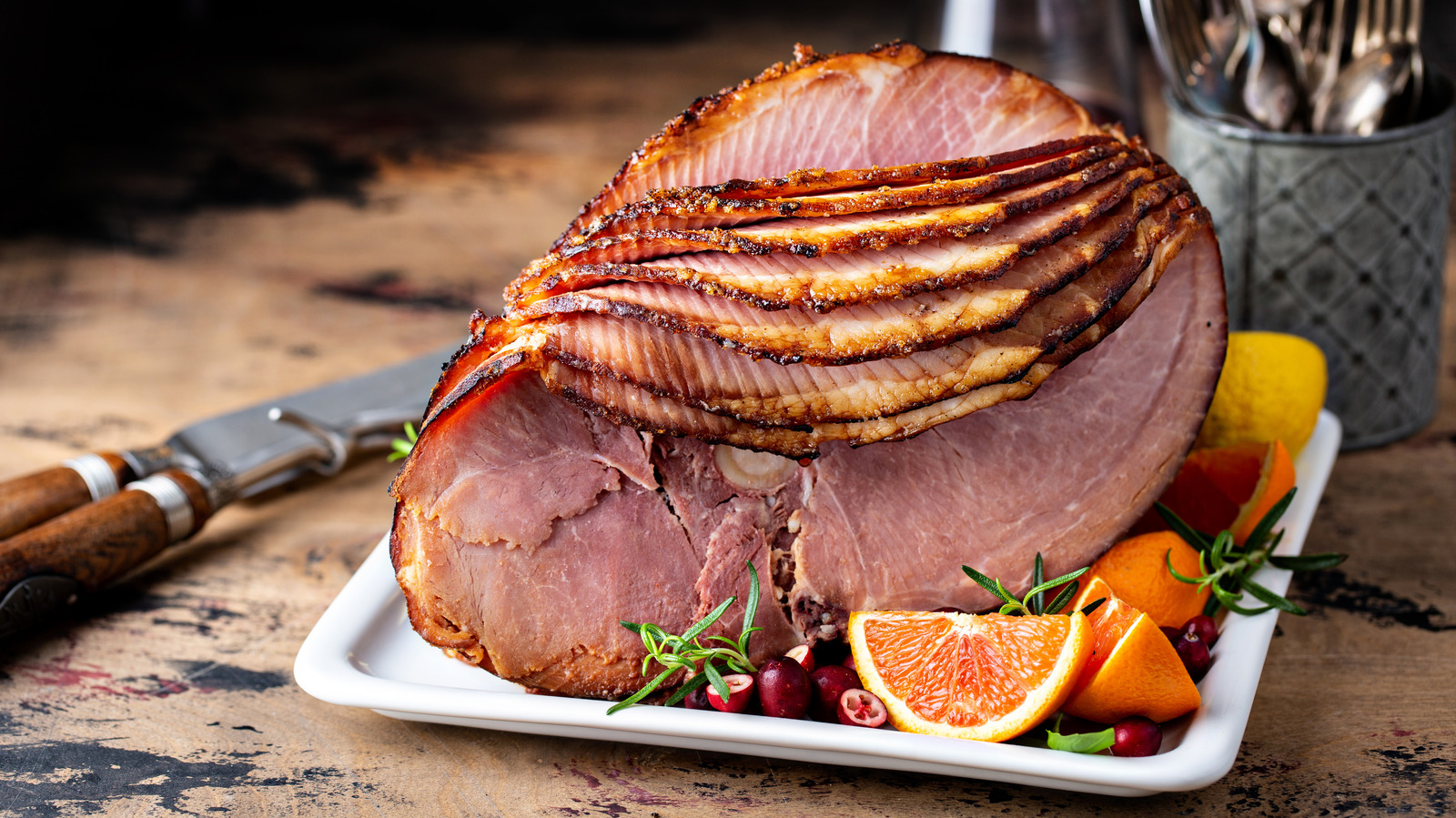
Easter Dinner – The eating of ham dates to 6th century Germany when hunters would slaughter a wild boar in the winter and left it to cure until spring when they would be brought out for the spring celebration of Eostre. A lamb was often the sacrificial animal in Jewish traditions and the lamb is frequently served during Passover. The term “lamb of God” is sometimes used to refer to Jesus and the sacrificial nature of his death. Eggs also appear on most dinner tables at Easter in the form of deviled eggs, again symbolically as a symbol of rebirth, although most do not think of this today. Given the price of eggs, they may not appear on many dinner tables this year.
Weird Easter Games – The traditional Easter Egg hunt in many homes no longer uses real eggs, but plastic eggs filled with candy. The largest Easter Egg Hunt ever was in 2007 in Florida when 9,753 children participated searching for 501,000 eggs. The White House Easter Egg Roll was begun by President Rutherford B. Hayes in 1878. Children roll Easter eggs down Capitol Hill when the event is held. In the Middle Ages priests used to play a game where they would toss hard-boiled eggs at a choir boy who would catch it and toss to another choir boy. The game would last until midnight and whomever was left holding the egg got to eat it. Egg tapping or egg knocking also began in Medieval Europe when two competitors would tap the pointed end of their eggs against each other to see which one cracked. In Marksville, Louisiana, locals gather at the courthouse square on Easter Sunday to have egg knocking contests. In Bermuda locals make kites they fly on Good Friday. A local legend says a teacher once made a kite to give her students a lesson on how Jesus ascended into heaven.
There are lots of Easter traditions, both religious and non-religious, that surround this holiday. For many it is a time to be with family, to join together for a family meal or to take part in some of the traditional Easter celebrations, to celebrate in your church or synagogue or remember what this holiday represents. Whatever way you choose to enjoy Easter, have a Happy and Fun Filled Day.


